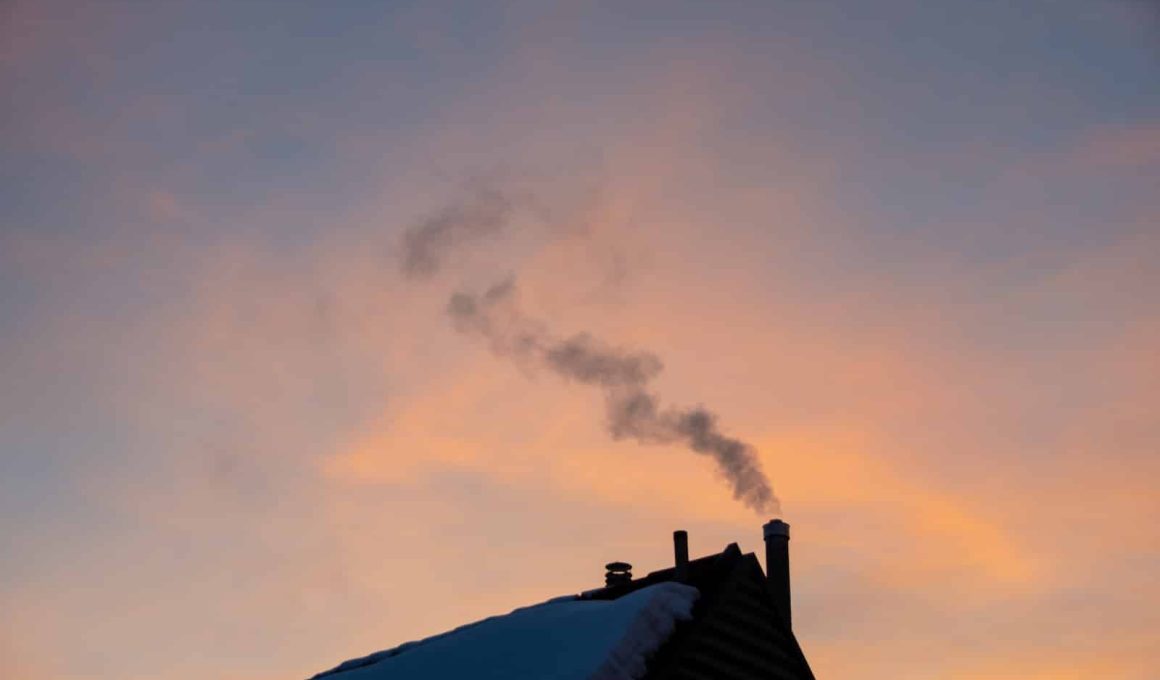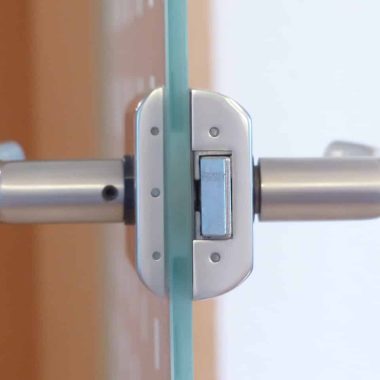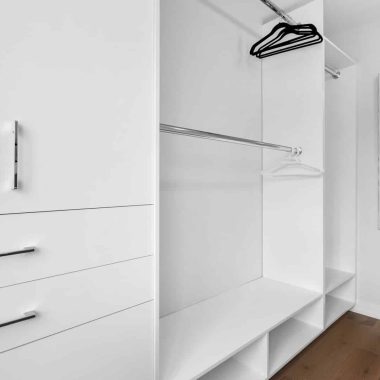This article on how to keep your house warm without electricity is for you if you find it challenging to keep your house warm without electricity.
Storms can occasionally knock down power lines. The utility company must turn off the electricity so that repairers can fix the damage.
However, if the power goes out and you don’t have a backup generator. The tips in this article will help you stay warm when it’s cold.
Here are some of the ways to keep a house warm without electricity.
1. Propane Stove
You can use your gas or propane stoves as temporary heat sources because they won’t require electricity.
Run them occasionally to warm your hands and feet, but don’t leave them on and unattended.
Use them for approximately five minutes each. This is a good alternative heat source.
Get everyone in your home together when cooking or heating food to “enjoy” the heat and extend its lifespan.
Never leave stoves like these on when no one is around because doing so poses a fire risk, and if the space isn’t properly ventilated, there is a risk of carbon monoxide poisoning.
Using a Propane stove is one of the best ways to keep the house warm without electricity.
2. Block Up Cracks and Crevices
When your home is heated, you might not notice it, but tiny gaps and crevices around windows and doors can let in more cold air than you might realize.
Cover them with towels or thick materials to stop and tape drafts.
Granted, it doesn’t look great, but it’s worth doing if you want to stay warm and reduce heat loss.
3. Fireplaces
If your home has a fireplace, consider yourself fortunate. A fireplace is one of the best and “homiest” backups when there is no power, even though it may not be as effective at heating your home.
Also, the only drawback to using the fireplace to stay warm is the need to stockpile enough firewood.
To keep the fire going during a power outage, the chimney needs to be checked after it hasn’t been used for a while to ensure it isn’t blocked by soot or other debris.
Having a fireplace is good advice on how to keep the house warm without electricity.
4. Wood-Burning Stoves
A wood-burning stove is a good substitute for a fireplace. If you don’t want to spend a fortune on a new stove, you can buy these as antiques or in second-hand shops.
Some models are designed to heat a central room in your house, like the living room.
Additionally, there are wood-burning cook stoves with surfaces or compartments where heat can be captured to cook food and provide warmth.
Another choice is to use the portable wood-burning stoves you would bring along for camp, but these are inferior to their full-sized cousins and require adequate exhaust ventilation.
5. Wear Plenty of Layers
You can stay warm when the temperature in your home drops by dressing in more layers.
But don’t just reach for your coat or jumper—you need to layer on the warmth.
Layer a vest, a long-sleeved top, a sweater, and your coat (or even a dressing gown if you want extra cozy).
If the weather is particularly chilly, wearing hats, gloves, socks, and slippers can help keep you warm.
Additionally, you should stay inside and avoid opening your doors and windows so that cold air can enter.
Wearing layers of clothing is another way to stay warm when the power is out.
Instead of relying solely on one heavy item of clothing, layer up with long johns, a few shirts, a lightweight jacket or sweater, and pants.
Instead of cotton, wear polyester or another synthetic material. Put on wool socks, a hat, gloves, or mittens, and wrap yourself in a blanket if you like.
Reduce the amount of clothing worn to avoid overheating. But if you sweat, change into new, dry clothing immediately.
This is one of the best ways to keep your house warm without electricity. Wear plenty of layers to reduce the cold temperature and increase the body temperature.
6. Candles
A few candles in a room can help you feel a little warmer when the power goes out, though using candles can be risky and ineffective.
Ensure enough ventilation in the space where you use candles to avoid carbon monoxide buildup.
Candles should not be left burning while you are sleeping or away from the room.
Place them far from curtains and other combustibles to avoid a fire. Also, several tiny tealight candles are safer but might not give off much heat.
This is one of the best ways to keep the house warm without electricity.
7. Insulate Your Room
To minimize the space you need to heat, keep the doors and windows of any vacant rooms closed, including their windows.
Your windows should have any cracks or openings caulked or covered with towels.
To keep warm and cold air inside, you can also jam rolled-up towels beneath any gaps found under doors.
Use dark-colored curtains and keep them closed because they absorb heat during the day and emit heat at night.
If you cannot completely stop the drafts in a room, you should cover them with solar blankets and a shiny side.
This is one of the best ways to keep your house warm without electricity.
8. Create Smaller Spaces Within Your Home
Your body heat can only be kept in reserve by layers, blankets, and sleeping bags. Small home modifications can also aid in keeping you warm.
Greta Gustafson, a senior media relations specialist for the American Red Cross, advised people to “close off unused rooms, stuff towels or rags in cracks under the doors, and, at night, cover the windows.
If you have the space, keep all family activities in one area and close any interior doors to keep the heat inside.
Close the curtains unless there is a window that lets in sunlight. In general, you’ll feel warmer in smaller spaces.
So, as one Facebook user suggested, setting up a tent indoors isn’t a bad idea to deal with the extreme cold, especially if it can accommodate several people.
Avoid going outside, even though it might seem obvious. If you must leave, avoid exposing the interior of your house to cold air.
Creating smaller spaces within your home is one of the best ways to keep the house warm without electricity.
9. Start From the Floor
During the day, let any rooms with dark ceramic or stone floor tiles “bathing” in the sun’s rays.
Like dark-colored curtains, dark-colored tiles absorb heat from the sun when exposed to them and release it at night.
By putting down thick area rugs, you can add insulation to your floor while warming up the space. Start from the floor to prevent heat loss.
10. Eat to Keep Warm
Eating is another way to stay warm because your body uses the calories it receives from food to control its internal temperature.
Foods high in protein and carbohydrates can help you maintain the “fire” in your body.
Snack whenever you want and without hesitation. Just be sure to have plenty of water on hand because digestion can and will cause you to become dehydrated.
Furthermore, you can stay warm in moderation by consuming hot soups, stews, and beverages like tea, cocoa, and coffee.
Alcohol is not a good option because it lowers your body’s core temperature, causes dehydration, and increases your risk of hypothermia.
This is one of the best ways to keep a house warm without electricity and increase the body temperature.
11. Increase Your Physical Activity
Even a little bit of exercise will keep your blood moving and keep you warm.
However, be careful not to exert yourself too much, as this can make you sweat, thirstier, and more hungry.
Moving around your home’s rooms, climbing and descending stairs, and waving your arms will increase your metabolism, and you’ll feel warmer.
As these tasks also require movement, this could be an excellent time to organize or make additional cold-weather preparations.
To increase your body temperature, increase your physical activities.
Conclusion
Depending on the storm’s severity and how well you are prepared. Going through the winter without power can be annoying or even dangerous.
The keys to staying warm are being ready and knowing what alternatives you can use to generate and conserve heat.









